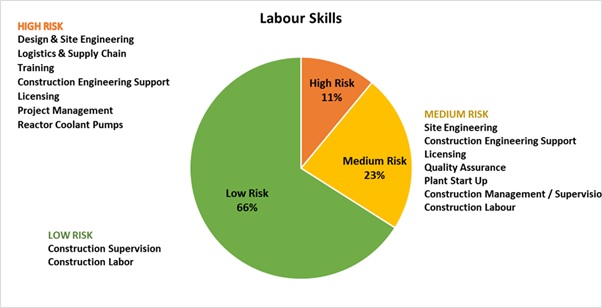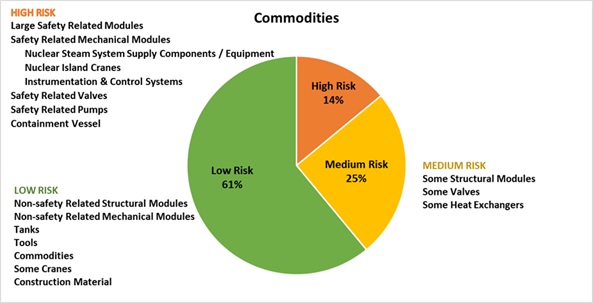
Jobs and Community Growth
- Lorem Ipsum
- Lorem Ipsum
- Lorem Ipsum
At least 65% of the cost of a nuclear energy program using large reactors can be met by jobs and resources from within Australia. The maintenance, security and ongoing operations at the reactor sites creates sustainable well trained and knowledgeable jobs resulting in stable communities.
Resources – Scope requires personnel skilled in:
Economic planning surrounding impact of programme on local communities.
Wealth creation and employment
With the retirement of Australia’s aging coal fired power stations we can build 1.1-Gigawatt nuclear power plants. They could be linked to the existing grid and use the cooling resources of existing coal plants.
An employment and economic analysis of such a single unit plant was recently completed in Finland for its new Hanhikivi 1 nuclear power plant. This indicates that for a similar plant in Australia:
- 20,000 people would be employed during the course of construction
- Up to 4,000 would be working simultaneously
- 500 people would be employed during plant operations in very highly technically fulfilling roles.
- 2,600 jobs would be created by the cascading effect on training, education, accommodation and allied industries
Renewable Energy projects have manufacturing costs which are dependent on low labour rates in developing nations and they have very high levels of imported content. Nuclear energy however represents an opportunity for the industrial renewal of the Australian manufacturing sector especially in regional Australia.
A fleet of nuclear power plants can have steadily increasing the local content. This happened most strongly in France, South Korea, Japan and more recently in China. The same could happen in Australia. The very first plants could have at least 70% local content for labour and materials. Risk informed sourcing is a process used to ensure commodities and labour skills match the level of sophistication relevant to a particular process. As Figure 7 and Figure 8 show this could steadily build into the higher risk areas, which in practice only make up a small part of the project value.
Labour skills in large nuclear power plants

Commodities in large nuclear power plants

